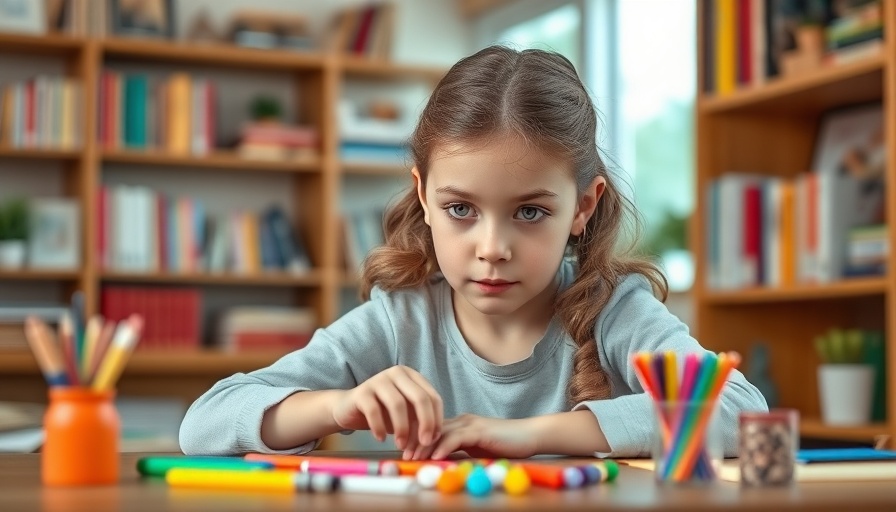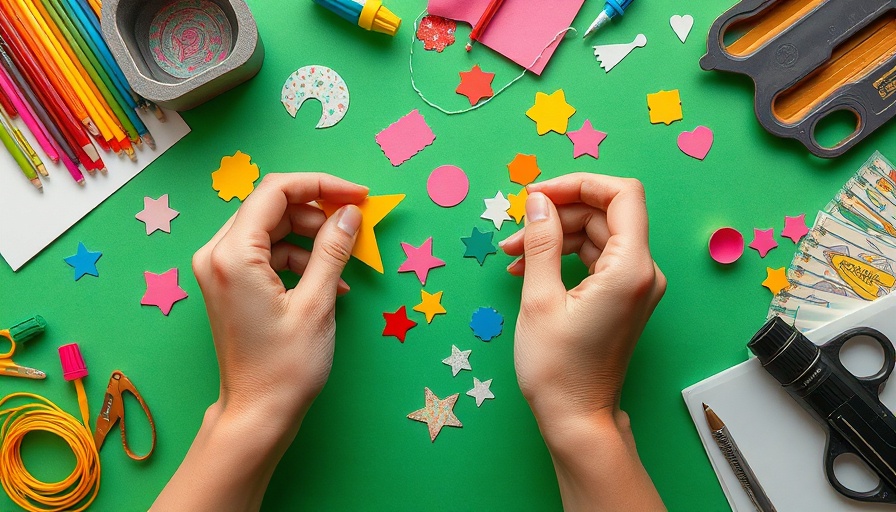
Transforming Education: How First Graders are Leading the Mindfulness Movement
In a rapidly evolving world filled with stressors, teaching mindfulness to children, particularly in educational settings, has become a beacon of hope for enhancing emotional well-being. A shining example of this trend is evident in Seattle, where the nonprofit Space Between empowers young students to master mindfulness techniques, illustrating that even the youngest among us can impart wisdom.
Romir, one of the first graders enrolled in the program, introduced the simple yet effective ‘Zig-Zag Breath’ technique. By gently moving his head in a zig-zag pattern while focusing on steady breathing, he teaches others how to manage discomfort and boost warmth—a beautiful reminder that mindful practices can be uncomplicated and accessible.
Mindfulness in Schools: A Growing Necessity
The growing focus on implementing mindfulness practices in schools reflects a broader recognition of its benefits. Research has shown that mindfulness can enhance focus, reduce anxiety, and nurture emotional regulation. According to recent studies, mindfulness not only equips children with coping mechanisms for stress but also significantly improves academic performance by promoting better concentration and emotional stability.
Much like the innovative practices passed on by first graders like Elijah and Romir, institutions like Lurie Children's are contributing valuable resources. They offer a variety of creative activities to enhance mindfulness among children, such as the five-senses focus exercise and intentional breathing techniques. These tools serve not only to engage children but also to create a supportive shared space where emotions can be acknowledged and processed.
The Science Behind Mindfulness: Why It Works
The implementation of mindfulness in schools aligns well with research findings indicating the profound cognitive and emotional benefits. For instance, studies have demonstrated that mindfulness programs lead to improved executive function in children, such as better attention control and regulation of emotions. This is particularly relevant for children navigating the complexities of growing up in today’s society, where they often face various pressures both academically and socially.
Moreover, mindfulness practices such as deep breathing and reflective observation can foster resilience in the face of challenges. Practicing mindfulness helps cultivate a sense of grounding, allowing children to be more aware of their surroundings and their emotional states. This awareness is a key component of emotional intelligence and social interactions, making mindfulness not just a personal skill but a social one.
Integrating Mindfulness into Daily Life: Practical Tips for Parents
As parents, involving children in mindfulness doesn’t have to be a daunting task. Simple activities could be easily woven into everyday family routines. Consider starting with breathing exercises, as the practice encourages relaxation and focus. For instance, the ‘Square Breathing’ method taught by Elijah, which incorporates drawing a square in the air while breathing deeply, can be done anywhere, making it a convenient tool for calming nerves in stressful moments.
Activities such as mindful walks—where families practice noticing the sights, sounds, and smells of nature—can turn a simple outing into an enriching mindfulness session. Integrating such practices can offer shared moments of reflection, deepening familial bonds while instilling valuable life skills, as suggested by experts from the world of child psychology.
Mindfulness: A Skill for Life
In closing, the initiative led by Spaces Between and echoed by schools around the country underscores the transformative potential of mindfulness from a young age. These practices not only nurture emotional health but prepare children for adulthood equipped with essential skills for navigating life's complexities. Teaching mindfulness to children is about promoting self-awareness, resilience, and a calm mind—a trifecta that will serve them well on both academic and personal fronts.
If you're interested in learning more about incorporating mindfulness in your family or school, exploring resources such as meditation apps or local workshops can provide guided support tailored to different age groups. Together, we can foster a generation well-versed in managing emotions, embodying understanding, and cultivating peace in an increasingly busy world.
 Add Row
Add Row  Add
Add 




 Add Row
Add Row  Add
Add 

Write A Comment